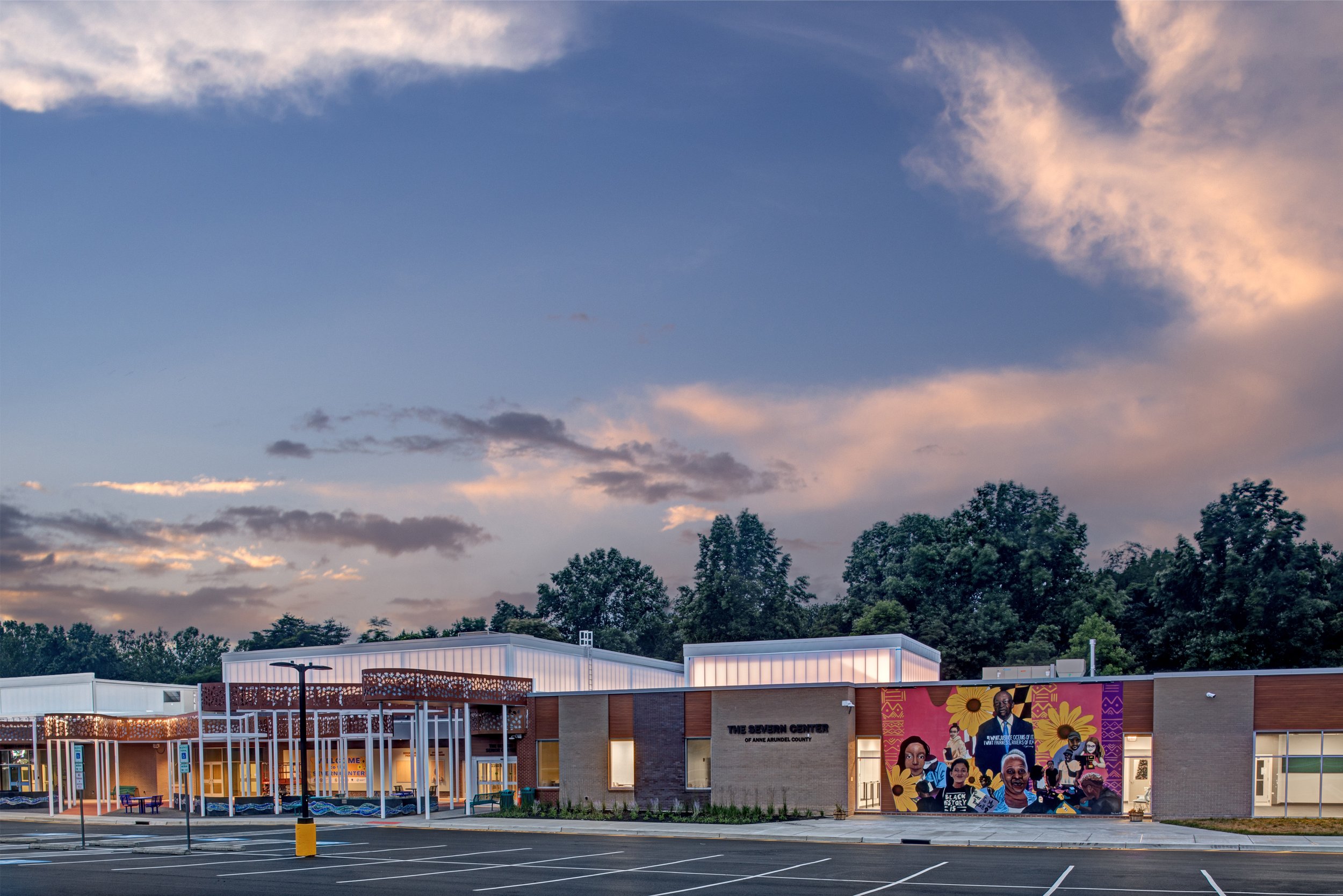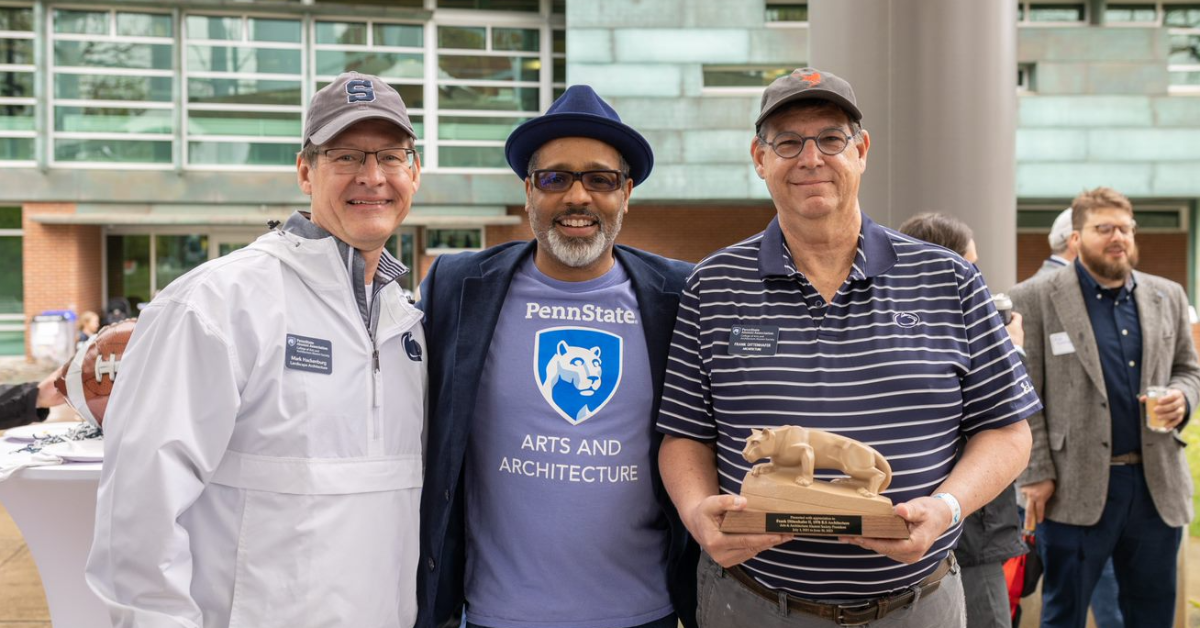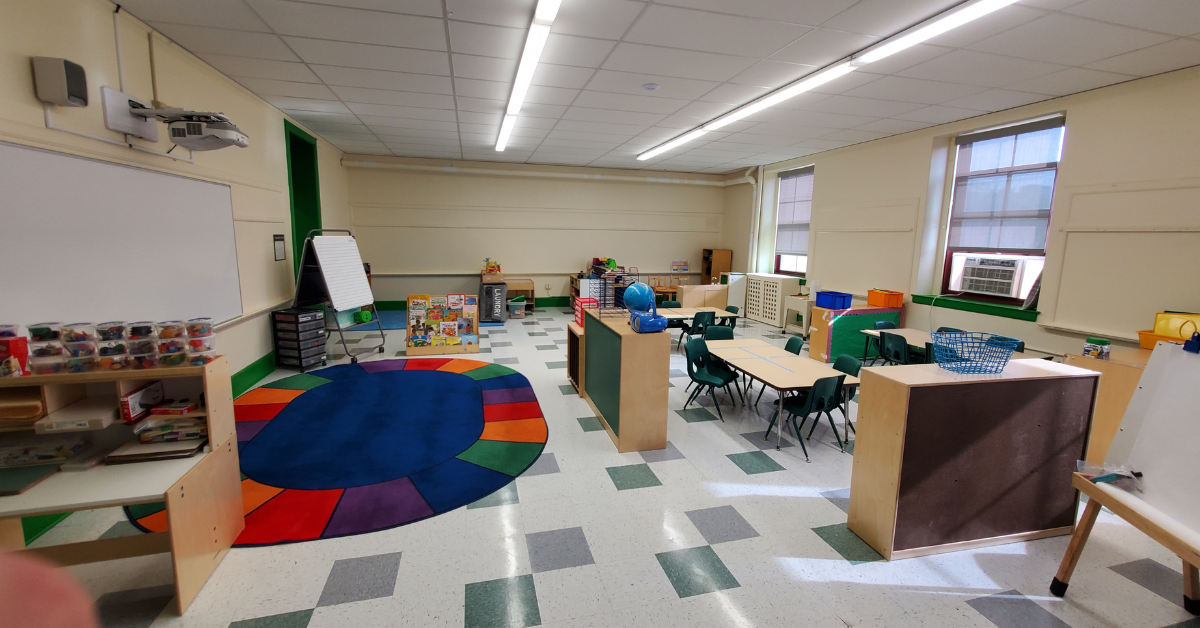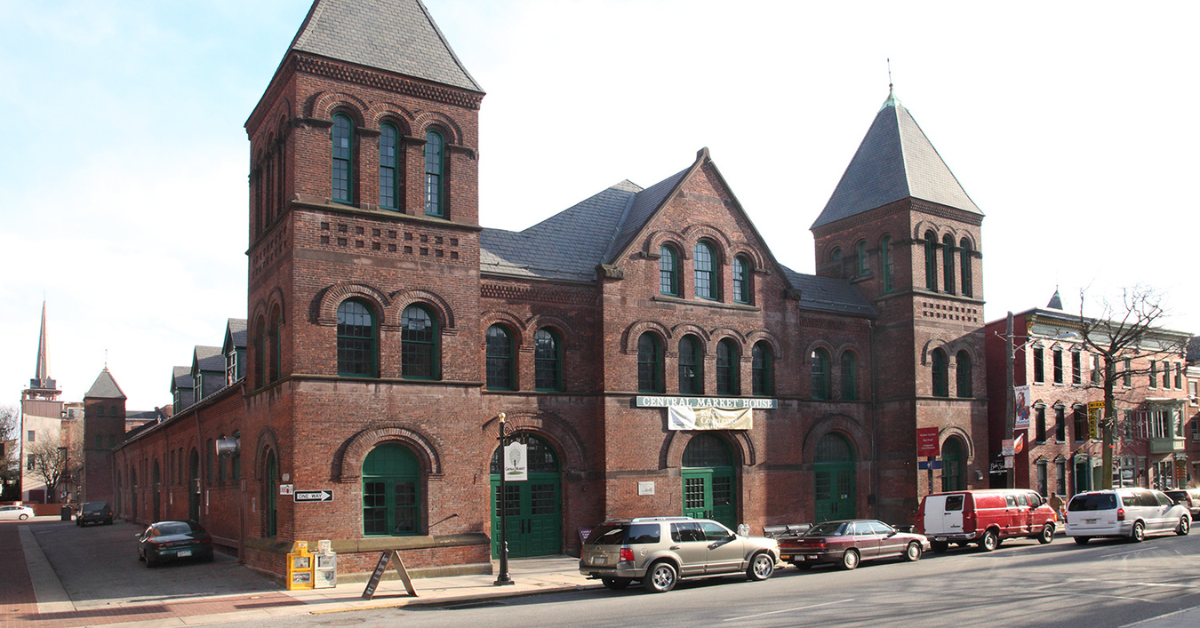The unique gathering space will give a new layer of identity to the York campus, Murphy & Dittenhafer Architects President Frank Dittenhafer says.


The Graham Center for Innovation and Collaboration won’t be the physically largest building on the Penn State York campus, but Murphy & Dittenhafer Architects is designing it to be huge psychologically.
It will sit on a hilltop between the Main Classroom Building and the Pullo Family Performing Arts Center, symbolically joining the campus to its surrounding community. Inside, large glass walls providing natural daylight will offer panoramic views of campus, York City and York County.
“It’s intentional,” says Frank Dittenhafer, II, FAIA, LEED AP, President of Murphy & Dittenhafer Architects. “It gives a sense of where you are and of what is beyond and adjacent to the campus — and perhaps to your life’s direction, as well.”
Like us on Facebook!
While the building will no doubt be aesthetically beautiful, its functionality might be its most impressive feature.
“This building will be adaptive and not one that says, ‘I am this and will only do one thing,’” says M&D Architect Blake Gifford. “That’s not a practical approach in this economy, and flexibility in design is important for today’s students.”
This unique gathering space for students, business mentors, and faculty is what’s behind this being a transformational project for the university.
“It’s giving a new layer of identity to the York campus,” Dittenhafer says, “and why President Eric Barron and so many people came from University Park for the groundbreaking.”

Collaborative spaces are key
As M&D planned this structure, they listened to the end-user: Penn State students.
“In focus group sessions with several students, they noted their interest in having open, creative, and collaborative spaces at multiple scales,” Gifford says, “with abundant natural light and high ceilings, architectural elements that conveyed a sense of ‘professionalism.’”
Because this will be the home of the Graham Center for Entrepreneurial Leadership Studies, where students will meet with local business leaders, these spaces were deemed critical.
“Collaborative spaces, not necessarily a classroom with a door on it, but spaces where students are connecting and discussing before, after, and between classes are all built into this building,” says architect Todd Grove.
Meeting campus and community needs
Higher education is highly competitive, demanding campuses stay current to attract students, but much of Penn State York’s campus was built in the 60s and 70s.
“The buildings still serve well but are red-brick institutional,” Gifford says. “Any departure from this makes a progressive statement, and this building will make a statement for the York campus.”
Grove agrees, adding: “There are continuously new ideas about how students best learn, so flexible spaces are key, because there will be more changes in two or five years.”
M&D also designed this center to serve York County’s growing business community as today’s leaders mentor tomorrow’s.
“There’s investment in York County and City that wasn’t happening 20 years ago, and the Graham Center is meant to be part of this area’s burgeoning success,” Gifford says.

Building key to campus’ flexible future
M&D’s focus in designing this unique structure keeps coming back to future flexibility.
Different seating arrangements — small tables and chairs, large tables and chairs, lounge type sofas—are part, but not all, of this.
“Flexibility is not just multi-purpose spaces that can be rearranged, but multiple sizes of rooms, fixed spaces providing multiple uses,” Gifford says.
“It’s not a typical classroom building, so it shouldn’t look like a typical classroom building,” adds Grove.
Indeed, Dittenhafer sees many types of learning among students, faculty and business leaders taking place here.
“It’s to be a place for innovation and collaboration, an open-ended exploratory platform,” he says. “The timing for this is perfect, with a wide cross section of business leaders in York County interested in working with and helping students advance their passions.”

At Murphy & Dittenhafer Architects, we feel lucky to have such awesome employees who create meaningful and impressive work. Meet the four team members we welcomed in 2024.
The ribbon-cutting ceremony at the new Department of Legislative Services (DLS) office building in Annapolis honored a truly iconic point in time for the state of Maryland.
As Murphy & Dittenhafer architects approaches 25 years in our building, we can’t help but look at how far the space has come.
Murphy & Dittenhafer Architects took on the Architecture, Interior Design, & Overall Project Management for the new Bedford Elementary School, and the outcome is impactful.
The memorial’s groundbreaking took place in June, and the dedication is set to take place on November 11, 2024, or Veterans Day.
President of Murphy & Dittenhafer Architects, Frank Dittenhafer II, spoke about the company’s contribution to York-area revitalization at the Pennsylvania Downtown Center’s Premier Revitalization Conference in June 2024. Here are the highlights.
The Pullo Center welcomed a range of student musicians in its 1,016-seat theater with full production capabilities.
“Interior designs being integral from the beginning of a project capitalize on things that make it special in the long run.”
Digital animations help Murphy & Dittenhafer Architects and clients see designs in a new light.
Frank Dittenhafer and his firm work alongside the nonprofit to fulfill the local landscape from various perspectives.
From Farquhar Park to south of the Codorus Creek, Murphy & Dittenhafer Architects help revamp York’s Penn Street.
Designs for LaVale Library, Intergenerational Center, and Beth Tfiloh Sanctuary show the value of third places.
The Annapolis Department of Legislative Services Building is under construction, reflecting the state capital’s Georgian aesthetic with modern amenities.
For the past two years, the co-founder and president of Murphy & Dittenhafer Architects has led the university’s College of Arts and Architecture Alumni Society.
The firm recently worked with St. Vincent de Paul of Baltimore to renovate an old elementary school for a Head Start pre-k program.
The market house, an 1888 Romanesque Revival brick structure designed by local Architect John A. Dempwolf, long has stood out as one of York’s premier examples of Architecture. Architect Frank Dittenhafer is passing the legacy of serving on its board to Architectural Designer Harper Brockway.
At Murphy & Dittenhafer Architects, there is a deep-rooted belief in the power of combining history and adaptive reuse with creativity.
University of Maryland Global Campus explores modernizing its administration building, which serves staffers and students enrolled in virtual classes.
The Wilkens and Essex precincts of Baltimore County are receiving solutions-based ideas for renovating or reconstructing their police stations.
The firm has earned the designation annually since 2016 in recognition of its commitment to supporting newer professionals in the field.
Murphy & Dittenhafer Architects recently completed the Design Development phase for a 20,000-square-foot building for Crispus Attucks York. Construction should begin in August.
The facility in Anne Arundel County, Maryland, is re-envisioning its focus with the help of Murphy & Dittenhafer Architects.
Murphy & Dittenhafer Architects received numerous awards from AIA Pennsylvania, AIA Central Pennsylvania, AIA Baltimore, and ABC Keystone.
Since 2019, the firm has designed a number of protected entryways for Anne Arundel County Public Schools.
A business lunch at an iconic building sparked an awakening whose effects continue to ripple down the city thoroughfare.


































Harford Community College’s expanded new construction Chesapeake Welcome Center is a lesson in Architectural identity